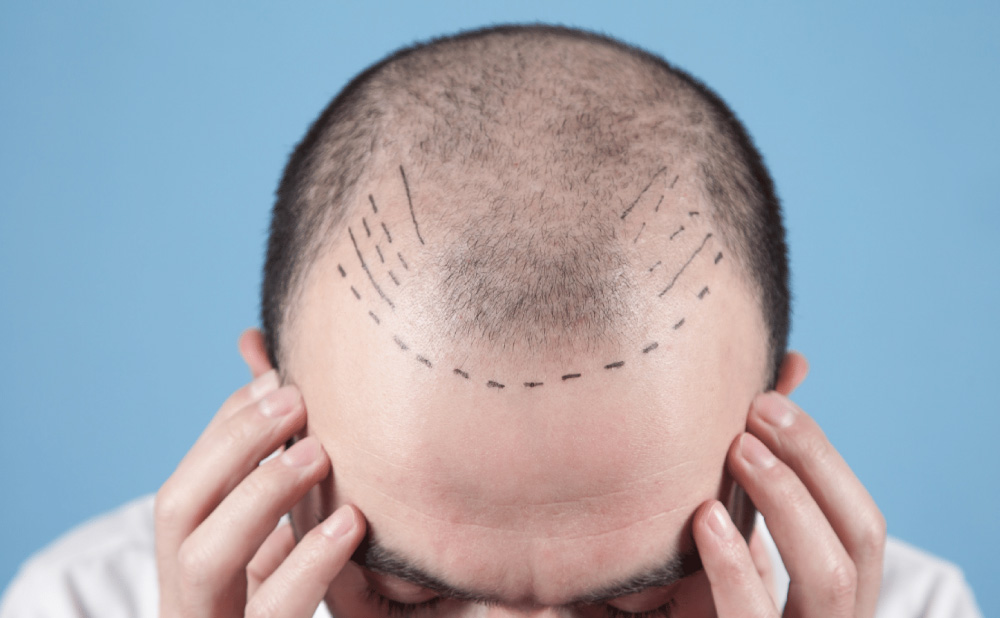
Have you ever looked in the mirror and wondered why your hair appears to be receding? If so, you’re not alone! So what is causing this sneaky receding hairline, and what can we do to stop it? So, buckle up and get ready for an article filled with tips, tricks, and everything you need to know for hair that steals the spotlight!
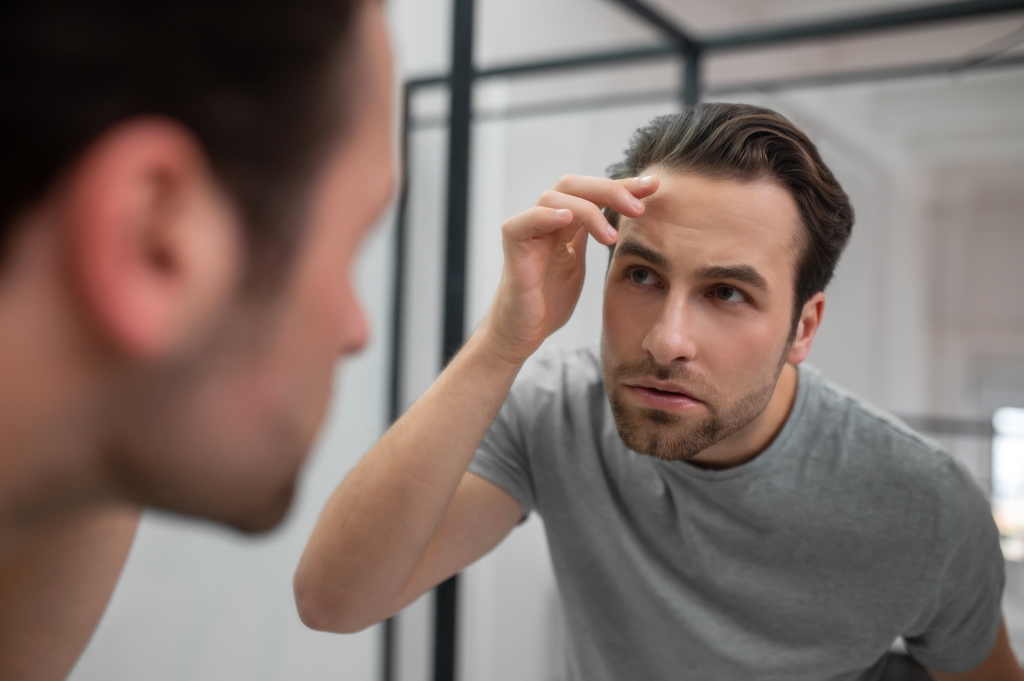
What’s Behind Your Receding Hairline?
Well actually let’s start with this question: What is a receding hairline? It is a condition in which the hairline begins to rise on the forehead, forming a distinct “M” shape. It is a common feature of male pattern baldness, but it can also occur in women in some cases. It is a common occurrence as people age, affecting approximately 50 percent of men.
There’s a delicate dance happening on your scalp between genetics, hormones, and the environment. So, your hairline isn’t just saying, “See ya!” for no reason. It’s more of a subtle exchange between your genes, hormones, and lifestyle decisions.
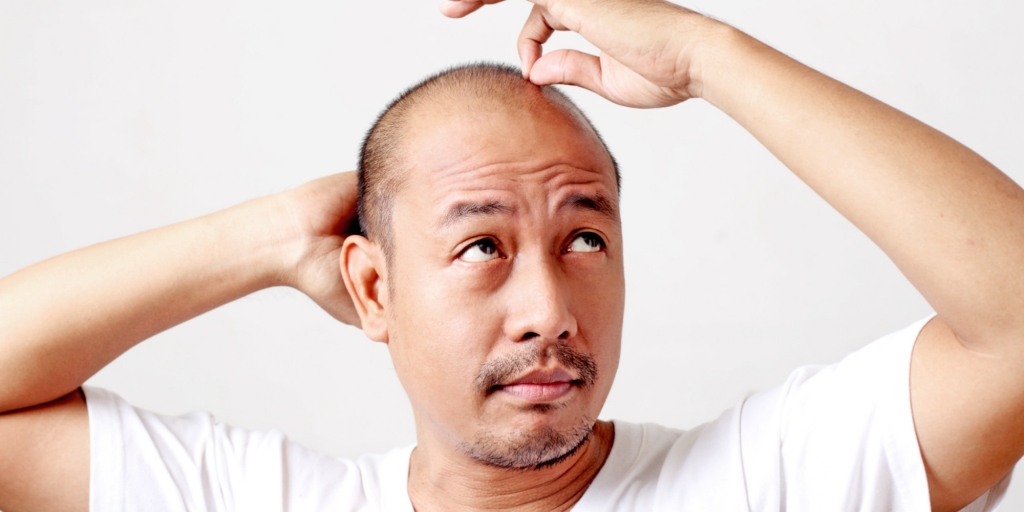
First off, genetics often play a starring role (Yep, blame it on your family tree!). This means your genes can predispose you to hair loss, particularly if you have a family history of it. Then there’s thehormonal chaos. Hormonal fluctuations, such as testosterone levels, can throw your hair follicles off, resulting in the dreaded receding hairline. It’s like your body’s own little rollercoaster ride, and sadly, your hair gets tangled in the chaos.
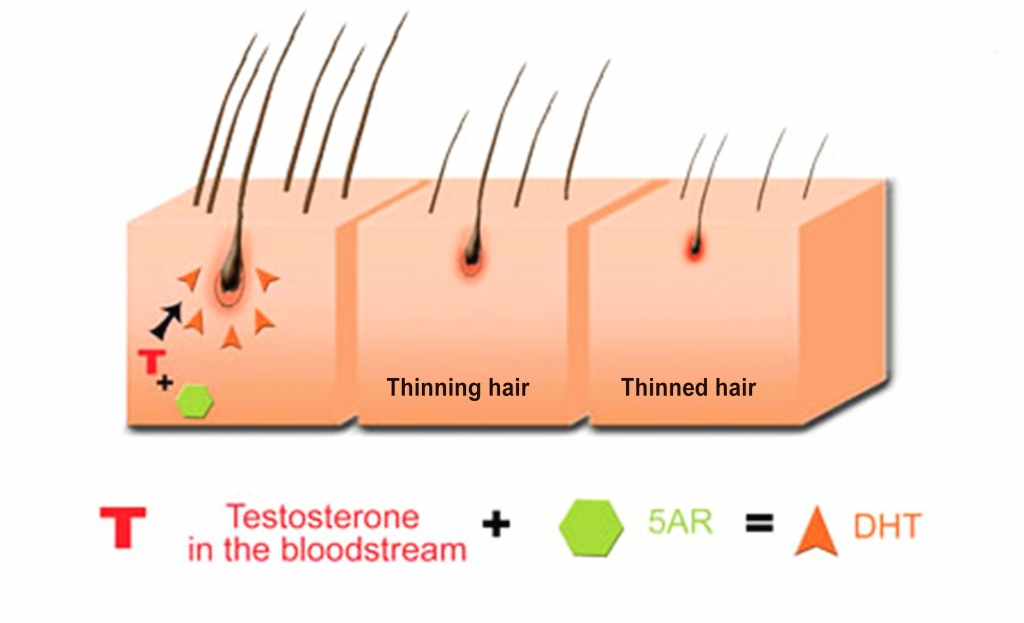
Also, let us not forget that stress, poor nutrition, and other lifestyle factors (such as using certain medications, excessive styling) can all play a role. It’s a complicated interplay of factors, but don’t worry—where there’s a will, there’s a way!
How to Tell If Your Hairline is Receding?
If you’ve made it this far, you are probably asking to yourself, “Is my hairline receding?’’ So let’s get a better understanding of your hairline! As men age, they may notice the signs of early receding hairline. Keeping an eye out for more hair shedding, particularly around the temples and forehead is important at this point.
These signs may become more noticeable around the temples over time. This is often the beginning of a receding hairline men. It can progress to the point where the hairline recedes across the top of the head, leaving less hair in the front. You may also notice the formation of a distinct “M” shape or a receding hairline that begins above the temples and gradually moves backward. This process can occasionally result in a ring of hair around the top of the scalp.
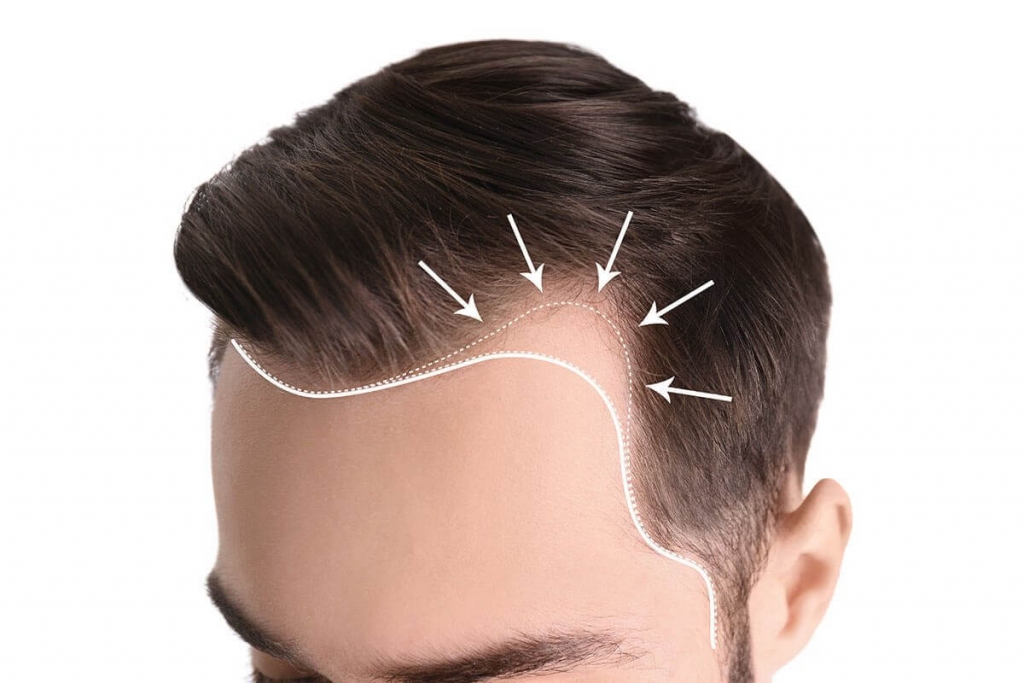
Another tip to understand a hairline receding is to look for the “widow’s peak,” a V-shaped hairline that dips down in the middle, usually beginning above the temples.
For women, the pattern may vary, with the sides and back remaining unaffected while the part widens over the top of the scalp, resulting in thinning hair.
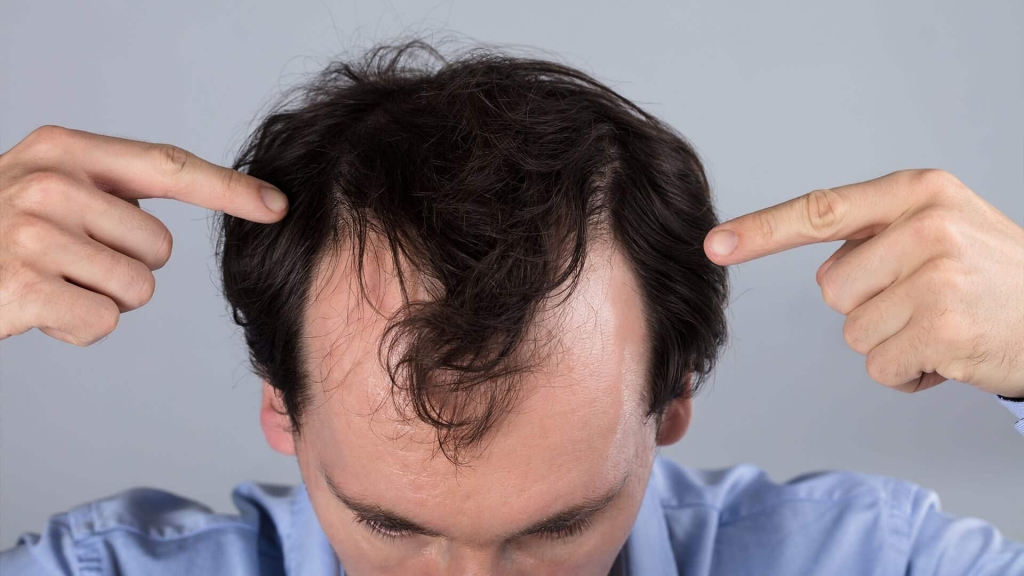
It’s critical to distinguish between a mature hairline vs receding. A mature hairline is a normal part of aging, characterized by slight recession but no significant hair loss. A receding hairline, on the other hand, is characterized by a more visible and progressive retreat of the hairline, which is frequently accompanied by thinning or bald patches. Remember, If you’re unsure about changes in your hairline or notice any concerning signs, it’s always best to consult a medical expert for guidance.
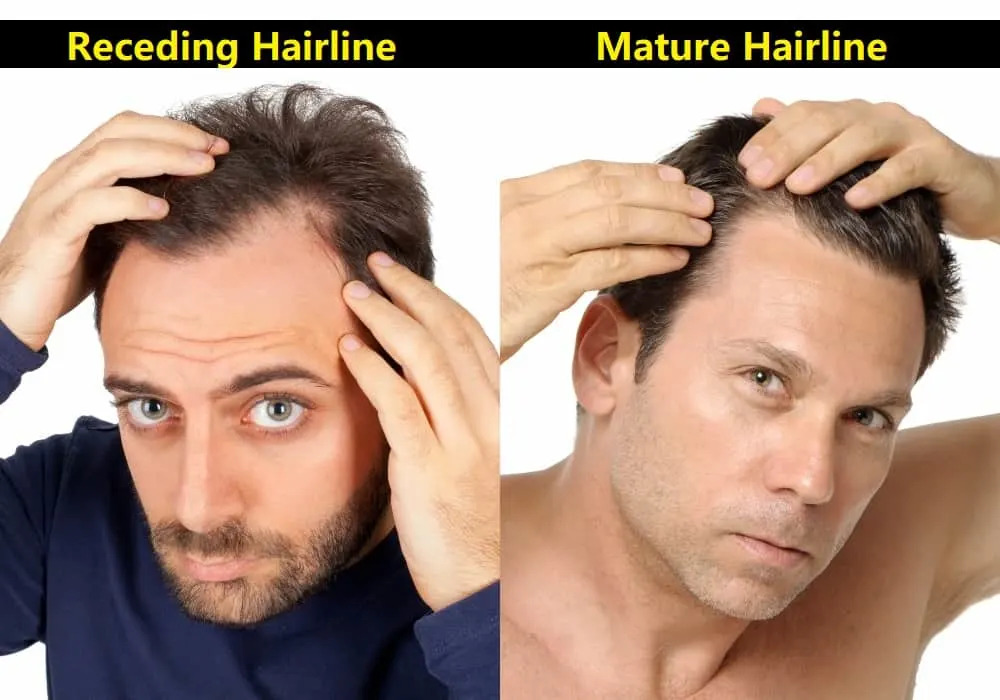
More Than Skin Deep: Exploring the Emotional Impact
Have you ever wondered why a receding hairline seems to trigger a midlife crisis in men? Is it the sudden realization that hats will become a permanent accessory, or the fear of abruptly resembling their favorite bald celebrity? Well, a receding hairline may affect a man’s confidence and emotional well-being because it is not only a physical change but also a shift in the very essence of ‘self’.
According to research, signs of receding hairline can significantly impact individuals psychologically. Hair loss, especially at a young age, can cause feelings of decreased attractiveness, low self-esteem, and increased social pressure. Furthermore, the study shows that people who lose their hair are more likely to have psychological disorders like adjustment disorder and body dysmorphic disorder (BDD). Therefore, addressing concerns about a receding hairline is important to restoring the sense of self. So, is there a receding hairline treatment? Absolutely! Let’s look at the available options together and choose the one that best suits you. Do not worry, we have your back!
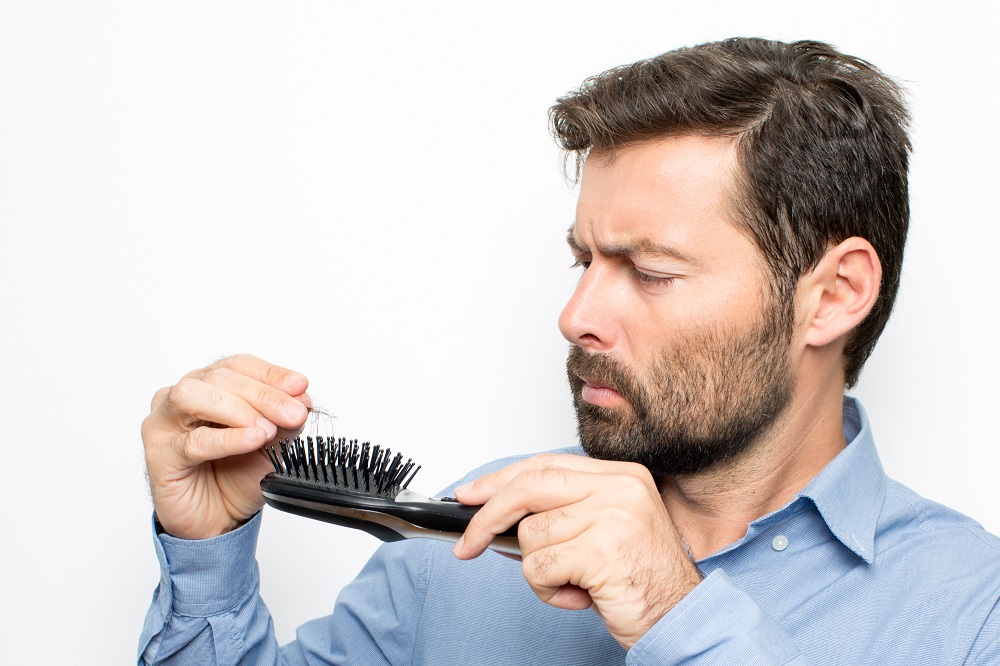
Options on the Table: Strategies for Receding Hairline
While there is no quick fix for receding hairline men, some promising treatments can reduce hair loss and promote new growth. Let’s look at these options together!
- Finasteride (Propecia): This prescription medication works by inhibiting the conversion of testosterone into DHT, a hormone linked to hair loss. It is most effective in the early receding hairline, preserving existing hair and possibly stimulating regrowth.
- Minoxidil (Rogaine): Minoxidil is an over-the-counter topical treatment that is applied directly to the scalp. It works by expanding hair follicles, extending the growth phase of hair, and increasing blood flow to the scalp. While individual results vary, many users report increased hair growth after several months of consistent use.
- Platelet-Rich Plasma (PRP): It involves processing a small sample of the patient’s blood to separate and concentrate the platelets before injecting them into the scalp. These platelets contain growth factors, which may stimulate hair follicles and encourage hair growth. However, the efficacy of it varies, and multiple treatment sessions may be required for best results.
Now let’s look at a more permanent and long-term solution for hairline receding and hair loss!
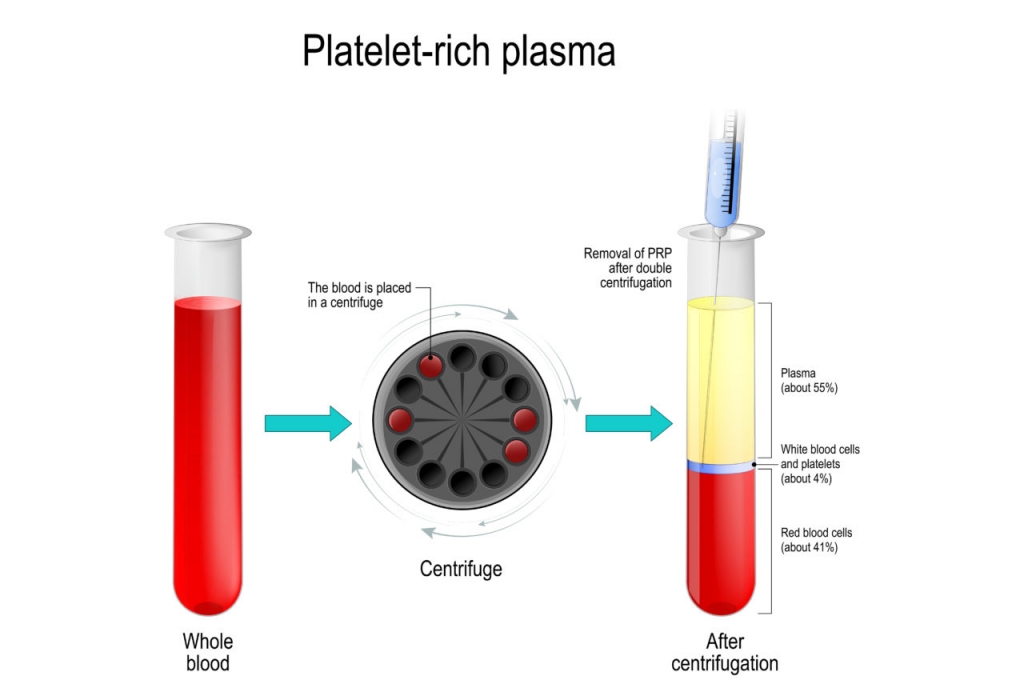
Taking Control: Steps Towards Hairline Restoration
When it comes to a long-term solution for receding hairline, a well-planned hair transplant operation stands out as a highly efficient option. Unlike temporary treatments, a transplant is the real deal! The procedure involves relocating healthy hair follicles from one area of the scalp to another to restore natural hair growth.
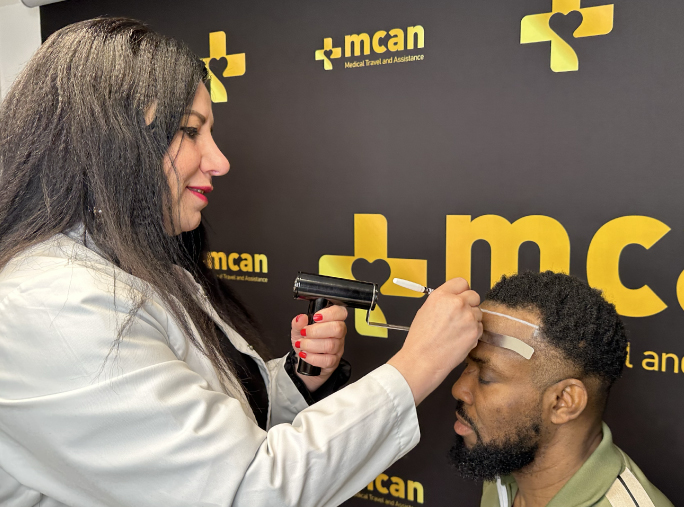
There are different types of hair transplant operations. FUE involves extracting individual hair follicles from the donor site using a small punch tool, with minimal scarring and faster recovery compared to traditional methods.
DHI is similar to FUE but includes implanting harvested follicles directly into the recipient area using a specialized Choi implanter pen, offering precise control and potentially faster healing. Sapphire FUE utilizes sharper sapphire blades for extraction, creating smaller incisions, reducing scalp trauma, and promoting quicker healing. Combining stem cell treatment with a hair transplant can improve the operation’s success and longevity by promoting healthier follicles and stimulating natural hair growth, resulting in a fuller, more natural-looking outcome than traditional hair transplant procedures alone. Furthermore, stem cells’ regenerative properties can help improve scalp health, lowering the risk of complications and enhancing the overall aesthetic result. These techniques provide various options for achieving natural-looking results in hair transplantation.
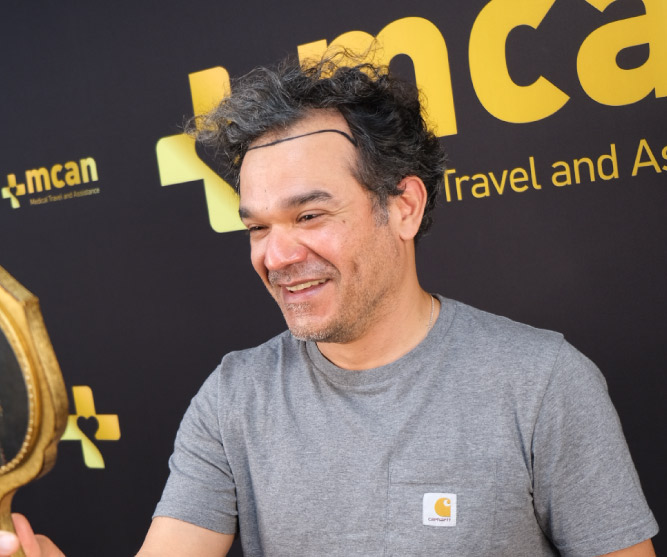
The appropriate technique is heavily dependent on factors such as scalp condition, donor area viability, hair density, and hair type. Thus, a thorough consultation with a medical professional is required to determine the best approach for achieving natural-looking results. Check out MCAN Health’s before and after photos to see incredible results!
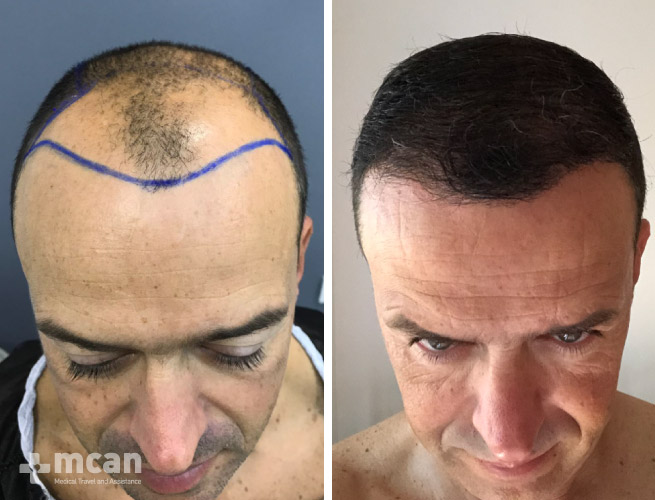
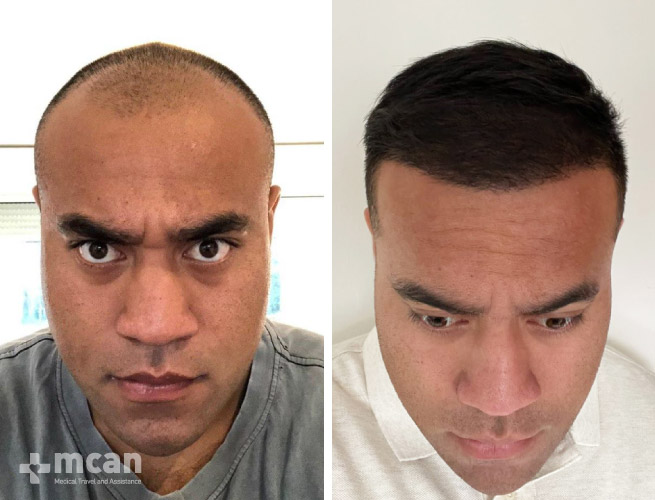
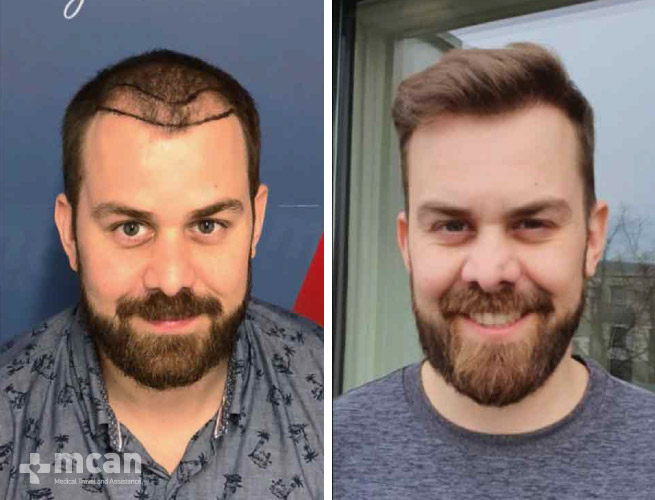
 Trichotillomania (Hair Pulling Disorder) – Do You Think You Have It?
Trichotillomania (Hair Pulling Disorder) – Do You Think You Have It?  Full Facelift vs Lower Facelift: What is the Difference?
Full Facelift vs Lower Facelift: What is the Difference?